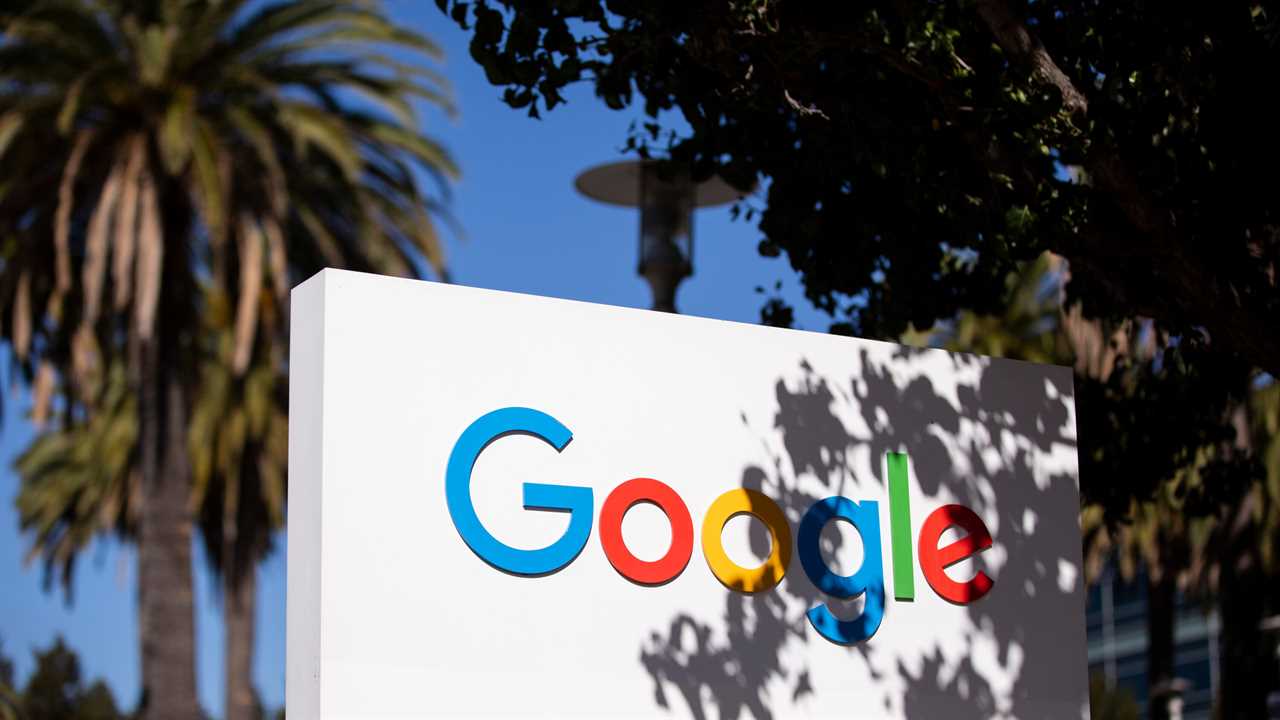
The Supreme Court on Monday sided with Google in a long-running copyright dispute with Oracle over software used to run most of the world’s smartphones. The 6-to-2 ruling, which resolved what Google had called “the copyright case of the decade,” spared the company from having to face claims from Oracle for billions of dollars in damages.
The case, Google v. Oracle America, No. 18-956, concerned Google’s reliance on aspects of Java, a programming language, in its Android operating system. Oracle, which acquired Java in 2010 when it bought Sun Microsystems, said that using parts of Java without permission amounted to copyright infringement.
Google responded that free access to the software interfaces in question were crucial to the innovation economy.
Justice Stephen G. Breyer, writing for the majority, said that Google was protected by the “fair use” exception to copyright protections.
In 2016, a San Francisco jury found that Google had not violated copyright laws because it had made fair use of the code. But in 2018, a specialized appeals court in Washington, the United States Court of Appeals for the Federal Circuit, disagreed with that assessment.
“There is nothing fair about taking a copyrighted work verbatim and using it for the same purpose and function as the original in a competing platform,” Judge Kathleen M. O’Malley wrote for a unanimous three-judge panel.
The appeals court sent the case back for a trial to determine how much Google must pay in damages, and Google asked the Supreme Court to step in.
When the Supreme Court agreed to hear the case, it said it would answer two questions: whether the 11,000 lines of software code at issue were copyrightable and, if they were, whether Google’s use of them was subject to the fair-use exception.
Justice Breyer answered only the second question.
“Given the rapidly changing technological, economic and business-related circumstances, we believe we should not answer more than is necessary to resolve the parties’ dispute,” he wrote. “We shall assume, but purely for argument’s sake, that” the code “falls within the definition of that which can be copyrighted.”
Chief Justice John G. Roberts Jr. and Justices Sonia Sotomayor, Elena Kagan, Neil M. Gorsuch and Brett M. Kavanaugh joined the majority opinion. Justice Amy Coney Barrett did not participate in the case, which was argued before she joined the court.
In dissent, Justice Clarence Thomas, joined by Justice Samuel A. Alito Jr., said leapfrogging the first question was a grave analytical misstep. “The court wrongly sidesteps the principal question that we were asked to answer,” he wrote, adding that he would have ruled that the code was protected by copyright laws.
The majority’s approach was inexplicable, Justice Thomas wrote, and its rationale — that technology is rapidly changing — was odd, as change “has been a constant where computers are concerned.”
Justice Breyer used what he called a “far-fetched” analogy to describe what the contested code did. “Imagine that you can, via certain keystrokes, instruct a robot to move to a particular file cabinet, to open a certain drawer, and to pick out a specific recipe,” he wrote. “With the proper recipe in hand, the robot then moves to your kitchen and gives it to a cook to prepare the dish.”
Justice Breyer wrote that the four fair-use factors set out in the Copyright Act all supported Google. The nature of the code, he wrote, “is inextricably bound together with a general system, the division of computing tasks, that no one claims is a proper subject of copyright.”
Google’s use of the code, he added, created something new. “It seeks to expand the use and usefulness of Android-based smartphones,” Justice Breyer wrote. “Its new product offers programmers a highly creative and innovative tool for a smartphone environment.”
Nor did Google copy too much of Oracle’s code. The 11,000 lines of code at issue, he wrote, amounted to 0.4 percent of the relevant universe of code.
Finally, he considered the effect on the market. “The uncertain nature of Sun’s ability to compete in Android’s marketplace, the sources of its lost revenue and the risk of creativity-related harms to the public, when taken together, convince that this fourth factor — market effects — also weighs in favor of fair use,” Justice Breyer wrote.
In dissent, Justice Thomas said that last factor pointed in the opposite direction.
“By copying Oracle’s work, Google decimated Oracle’s market and created a mobile operating system now in over 2.5 billion actively used devices, earning tens of billions of dollars every year,” he wrote. “If these effects on Oracle’s potential market Google, something is very wrong with our fair-use analysis.”
Justice Thomas wrote that Google had justified theft in the name of convenience.
“A Broadway musical script needs actors and singers to invest time learning and rehearsing it,” he wrote. “But a theater cannot copy a script — the rights to which are held by a smaller theater — simply because it wants to entice actors to switch theaters and because copying the script is more efficient than requiring the actors to learn a new one.”
Did you miss our previous article...
https://trendinginthenews.com/tech-giants/amazons-clashes-with-labor-days-of-conflict-and-control






